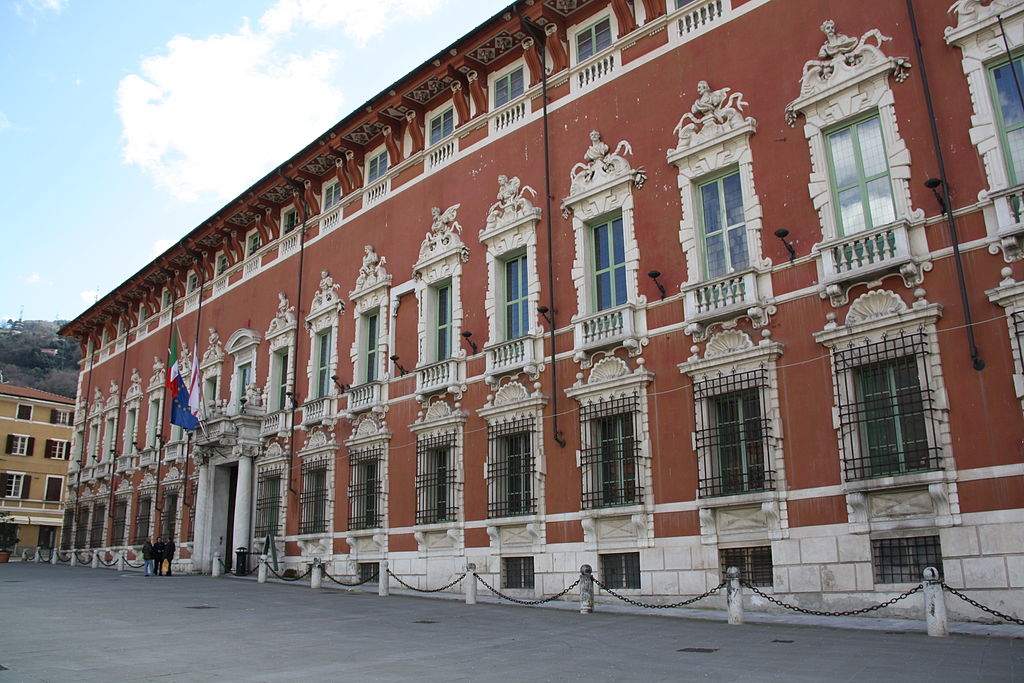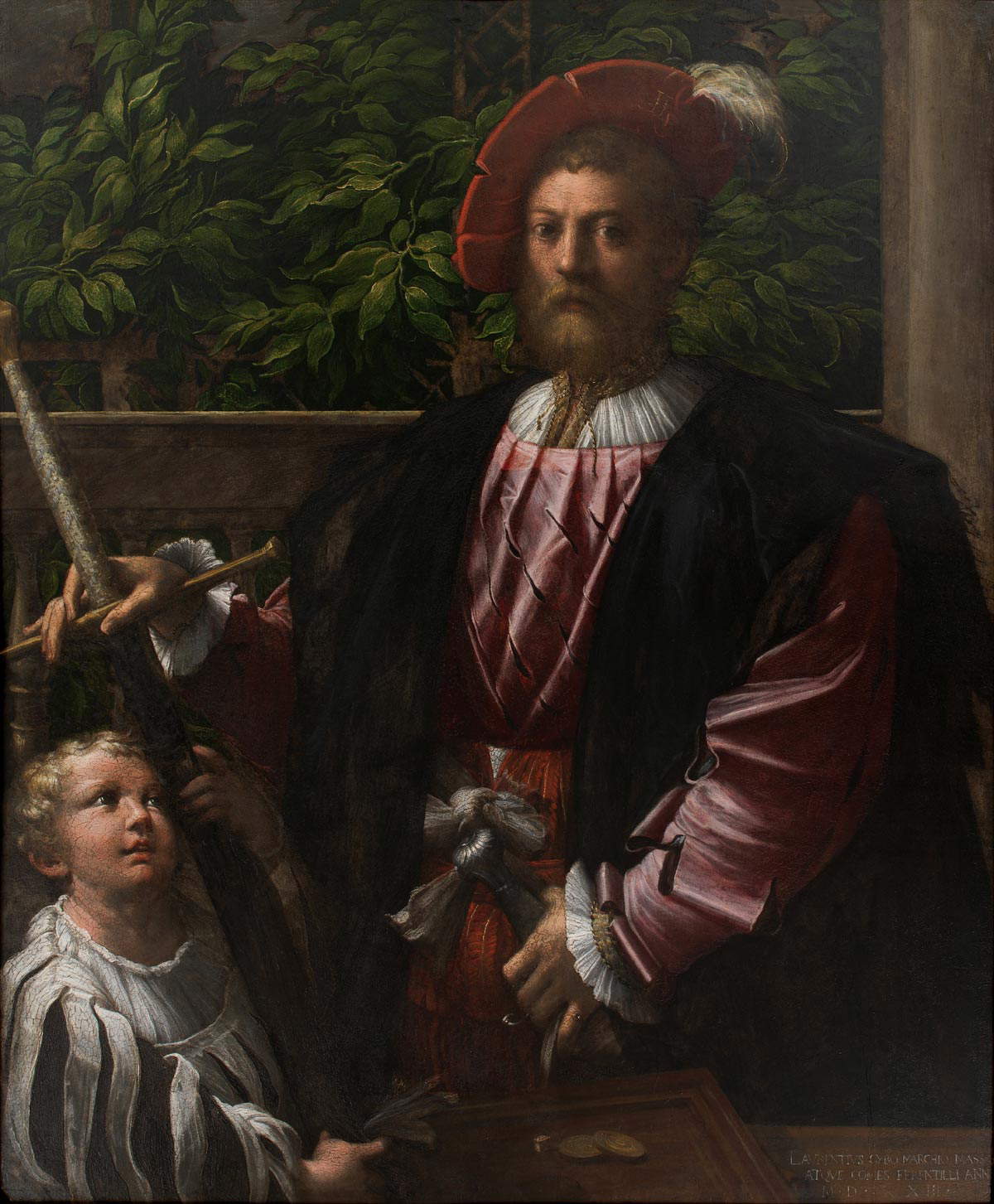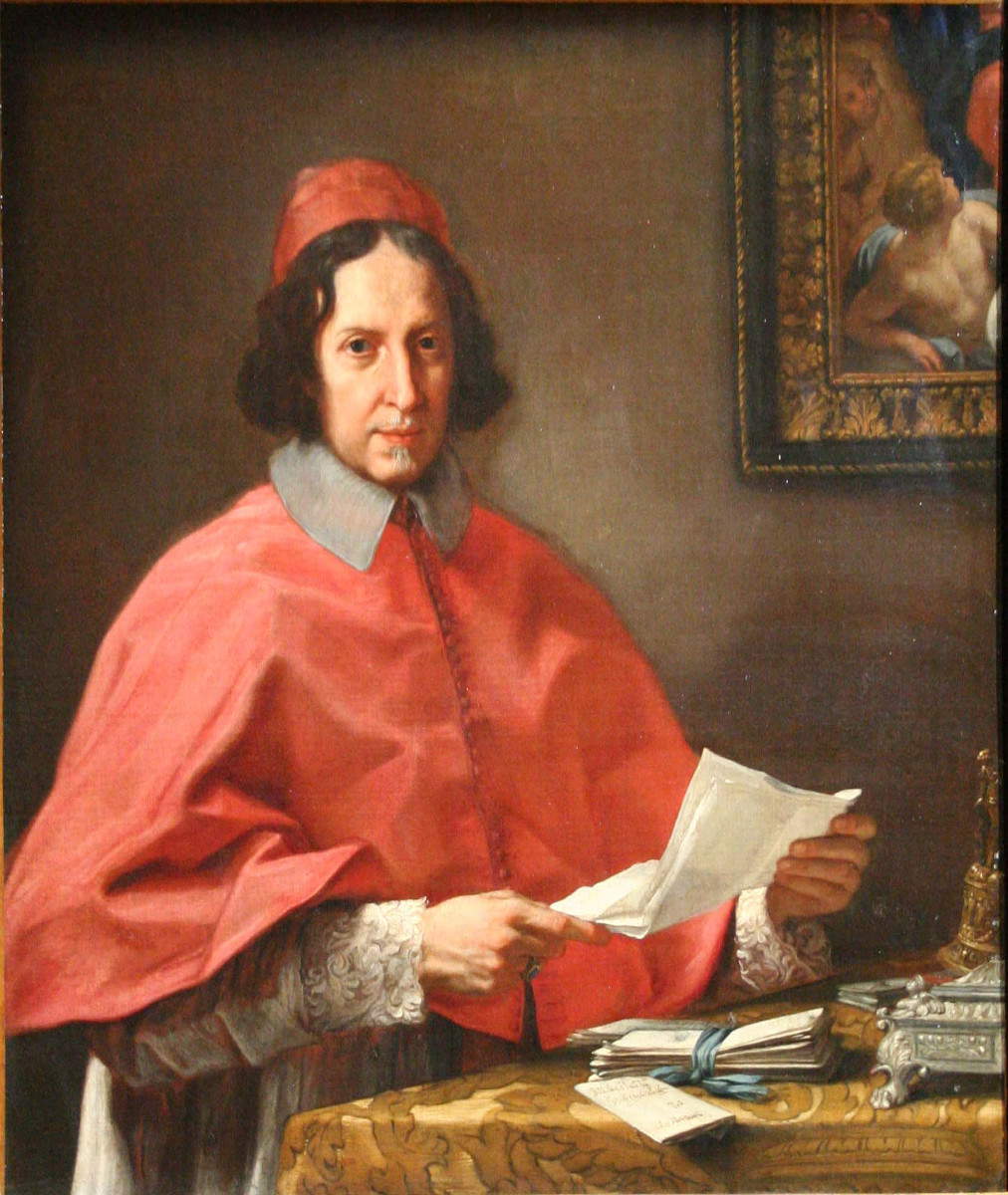For about three years now, the Uffizi Galleries has been promoting the Uffizi Diffusi initiative, whose primary objective is to bring works of the museum to the territory (Tuscan, but not only) mainly through a series of temporary exhibitions in which the works of the Uffizi are flanked by pieces from the territories in which the exhibitions are held. A laudable initiative, which moves in substantial continuity with the project The City of the Uffizi promoted by the previous director of the Galleries, Antonio Natali, and which represents an important moment to admire works of the museum in the habitat that produced or preserved them for centuries, inserted in a dense web of relationships that musealization may have obscured or erased altogether. In recent times, however, the Uffizi Diffusi project appears somewhat ’out of focus,’ and it seems that the goals of the initiative are not being pursued in the most effective way, as the case of Massa in particular shows.
On May 8, Uffizi Director Eike Schmidt and Massa-Carrara Prefect Guido Aprea announced that they had signed an agreement whereby, in the spring of 2024, the Uffizi Diffusi will stop in Massa: in the halls of the magnificent Ducal Palace (scandalously underutilized from a cultural point of view and largely occupied by the offices of two public bodies, the Province and the Prefecture of Massa-Carrara) will be exhibited, after the necessary restoration, a dozen paintings from the Uffizi (as the prefecture’s press release states, “landscapes and still lifes, including two beautiful works by the 18th-century Francesco Corsi, and also a pair of works from the workshop of Carlo Dolci”). These are paintings that had been taken from the Uffizi depots and placed in the Massese palace in 1931 and 1939 (others were deposited at the Palazzo del Principe in Carrara, home of the Academy of Fine Arts, and in the church of the Holy Family in Marina di Carrara, where they are still located today), and were removed from the building in 2013, when an earthquake made part of the structure uninhabitable. At the moment it is not clear whether their return to the Ducal Palace will be a permanent or temporary event, and in the latter case of what duration; nor is it clear where precisely the paintings will be displayed and how they can be enjoyed by the public, given that the building, as mentioned, is far from being musealized.


Of course, any initiative that goes in the direction of enhancing and using for exhibition and cultural purposes a very important historical building such as the Palazzo Ducale in Massa can only be welcomed. However, more could, and could, be done, and differently. One fails to grasp the profound cultural value of such an operation as bringing back to Massa a nucleus of heterogeneous works, which have almost nothing to do with the history of the building and the city and which were simply taken more or less at random from the deposits of the Florentine Galleries in the 1930s to embellish offices and reception rooms of an institutional headquarters. Works unknown to the citizens of Massa (they were hung in rooms not normally accessible) and on the whole of a good standard, but certainly not absolute masterpieces whose exhibition is justifiable in virtually any context, beyond stringent historical reasons, by virtue of their extraordinary value. If the intention is to bring home works already preserved in the Ducal Palace, attention should be focused not on ’alien’ paintings that have been parked for several decades in the halls of the palace, but on works intimately linked to the history of Massa and the majestic building, and thus on the paintings and sculptures that were part of the ducal collections of the Cybo Malaspina family, dispersed during the eighteenth century. Collections of which it is already possible to trace a nucleus of works today, and which future research may make us better acquainted with, allowing us to identify other pieces once exhibited in the Ducal Palace and in the other residences of the illustrious family.
Some works formerly preserved in Massa have remained in the national territory: this is the case in particular of a small nucleus of paintings that passed in the eighteenth century to Rome, and are currently part of the collections of the Gallerie Nazionali d’Arte Antica. The group of paintings is exhibited neither at Palazzo Barberini nor at Palazzo Corsini, but is kept in museum storerooms or is deposited at the offices of institutions such as the Chamber of Deputies and the Accademia dei Lincei; outstanding among the ’Massese’ paintings is Giuliano Bugiardini’s Portrait of Leo X with Two Cardinals, by Raphael, commissioned by Cardinal Innocent Cybo, who ordered the painter to replace Cardinal Luigi de’ Rossi’s head with his own. For these works, a long-term loan to the finally musealized Doge’s Palace could be hypothesized, along the lines of what previous Culture Minister Dario Franceschini did with the 100 works come home initiative, which saw the transfer of several pieces from the repositories of major museums to their places of origin. For those former Cybo Malaspina works that are instead held by major European museums (Parmigianino’s Lorenzo Cybo is at the Statens Museum for Kunst in Copenhagen, Carlo Maratta’s Portrait of Alderano Cybo is at the Musée des Beaux-Arts in Marseille, theImmaculate Conception also by Maratta is on display in the Bildergalerie of the Palace of Sanssouci in Potsdam) one can think about organizing one or more exhibition events, of the usual duration of three to four months, that would allow their temporary return to the foothills of the Apuan Alps.



As can be seen, at least in the current state of knowledge, one does not have to look to Florence to trace works already in the Cybo Malaspina collection, but elsewhere. This does not mean that significant cultural initiatives cannot be organized that tell the story of the close relationship that has always united the lily city with the Apuan district, starting with an exhibition at the Ducal Palace that could fit perfectly within the Uffizi Diffusi project, a project that so far, as mentioned, has been realized mainly through the organization of temporary exhibition events, in which works from the Florentine Galleries have been placed side by side with pieces from the territory. The intent of such an exhibition would be to illustrate the complexity and richness of that link: from the relationship, even of kinship, between the two ruling Houses (the Medici and the Cybo Malaspina), to the sculptors active in Florence who sojourned in Carrara (think only of Michelangelo), to the artists from Massa (such as Felice Palma) and Carrara (such as Pietro Tacca) who found glory in the Tuscan capital. To complement an exhibition itinerary that should feature many works of local provenance (from some altarpieces, perhaps restored for the occasion, to Felice Palma’s Madonna from the church of the Capuchins, to the Crucifix by Tacca father or son from the church of San Martino), some portraits of members of the Medici family who had peculiar connections with the Cybo Malaspina and the Apuan territory, a beautiful 16th-century marble base with the coats of arms of the two houses (no. cat. 00283862), drawings and small-format works by great sculptors who made use of Carrara marble, some canvases by Florentine painters who sent works to Massa, beginning with Matteo Rosselli.
In any case, whether the aim is to bring back home for longer or shorter periods works that were once in the Ducal Palace, or to organize exhibition events not so related to the idea of returning works, one point must be clear: for a full recovery for cultural purposes of the building and for its real and lasting contribution to the cultural life of the Apuan area, it is necessary to combine temporary initiatives such as these with the transformation of the Ducal Palace into a museum of itself and into the civic museum that the city of Massa has never had. Through an itinerary that ties together the palace’s treasures (the Salone degli Svizzeri, the chapel with the Baroque, or rather Bernini frescoes by Carlo Pellegrini, the alcove) and pieces related to the city’s history, some of which are already housed in thebuilding (from the cast of Biduino’s portal from the Metropolitan to the portrait of Prince Alberico I), would give rise to an organism that would be able to make a breakthrough in the knowledge, protection and communication of the heritage of an area rich in historical and artistic evidence that is in danger of being lost or destroyed, as has often happened in the past.
Warning: the translation into English of the original Italian article was created using automatic tools. We undertake to review all articles, but we do not guarantee the total absence of inaccuracies in the translation due to the program. You can find the original by clicking on the ITA button. If you find any mistake,please contact us.